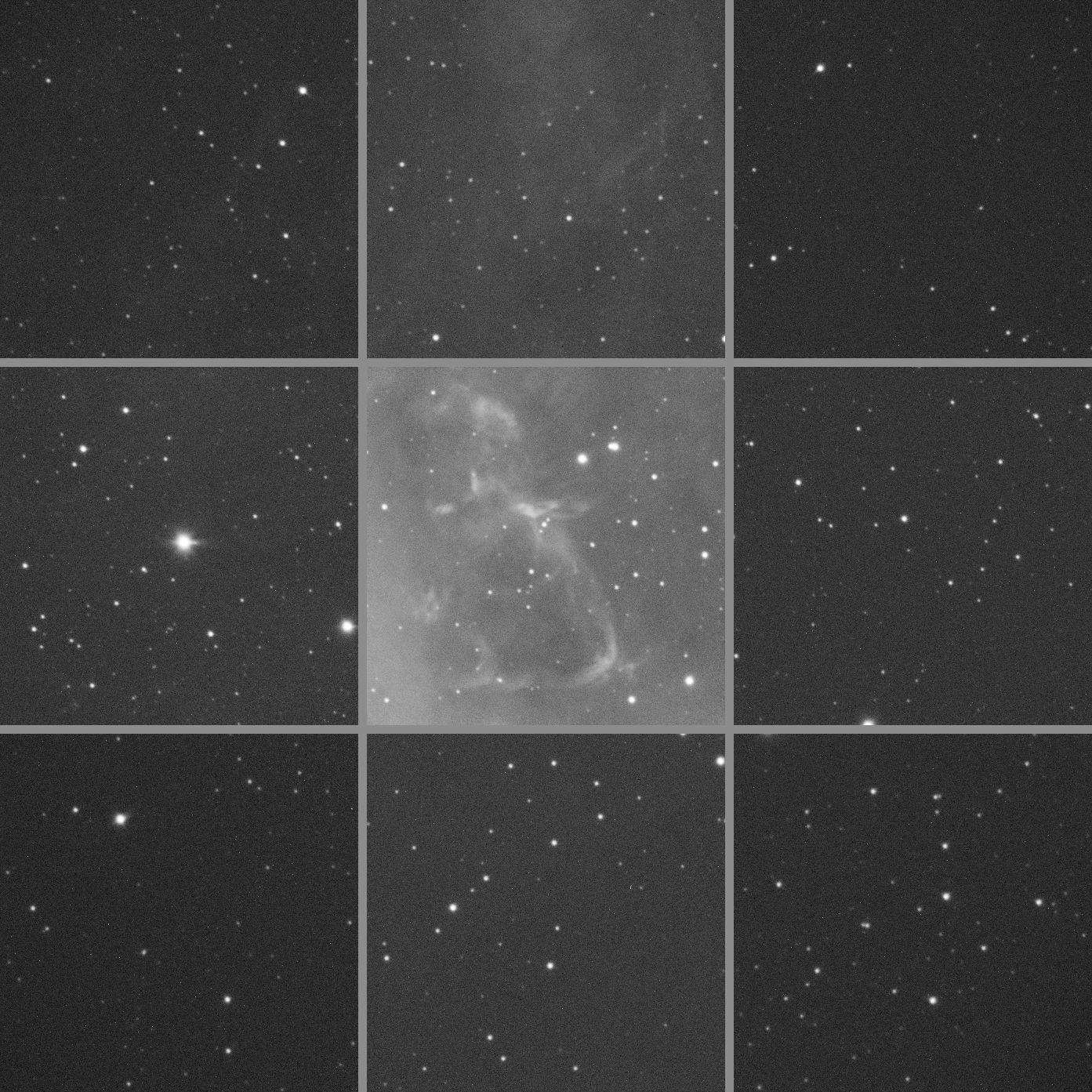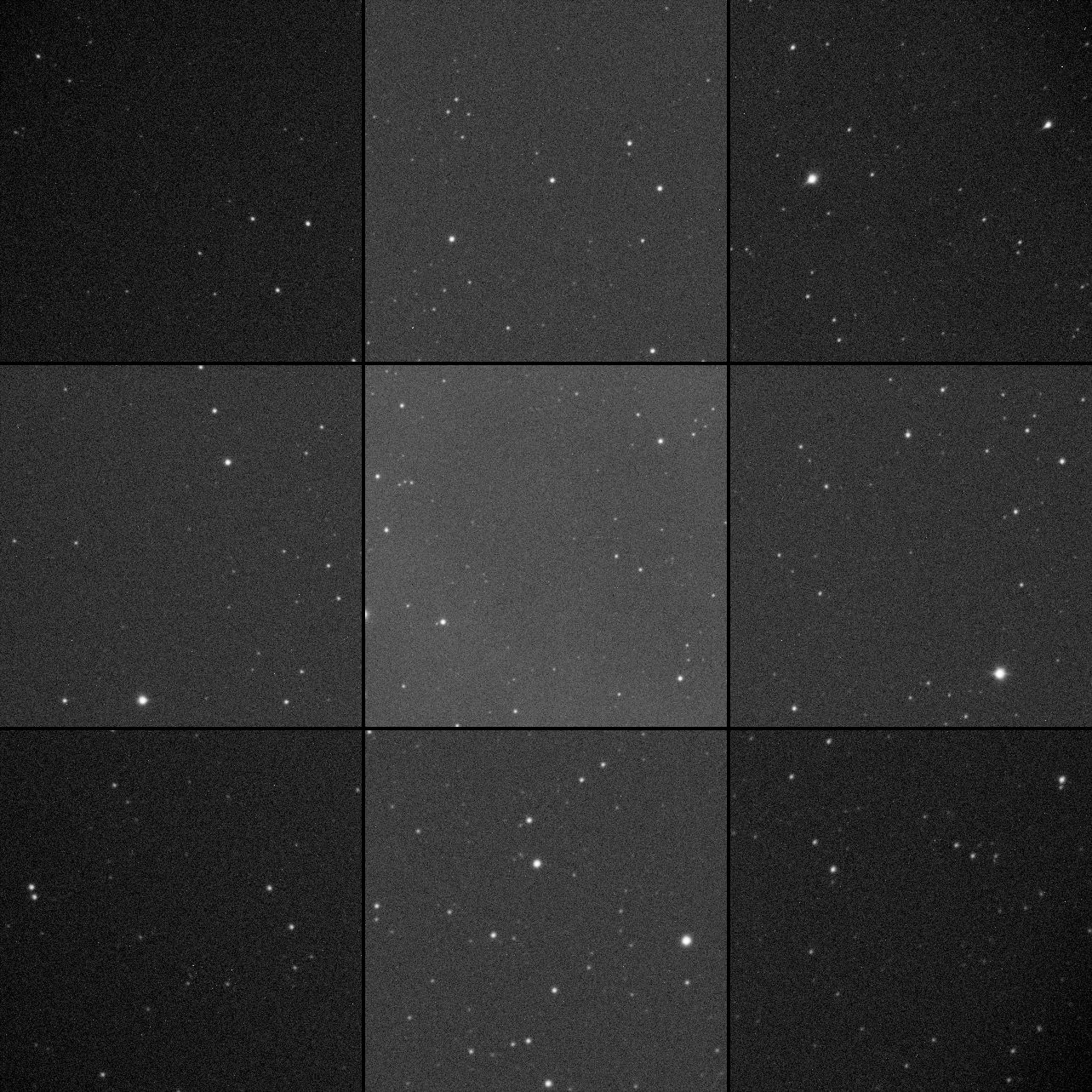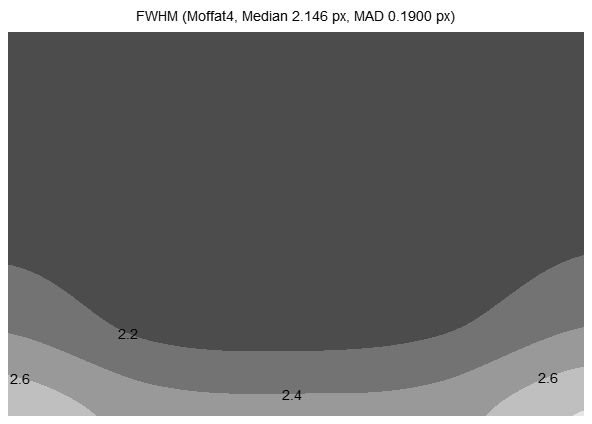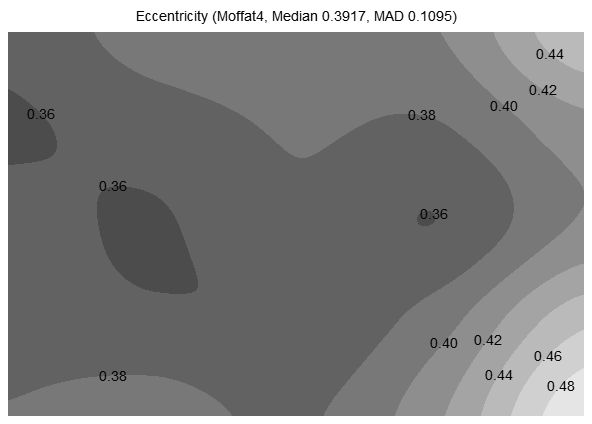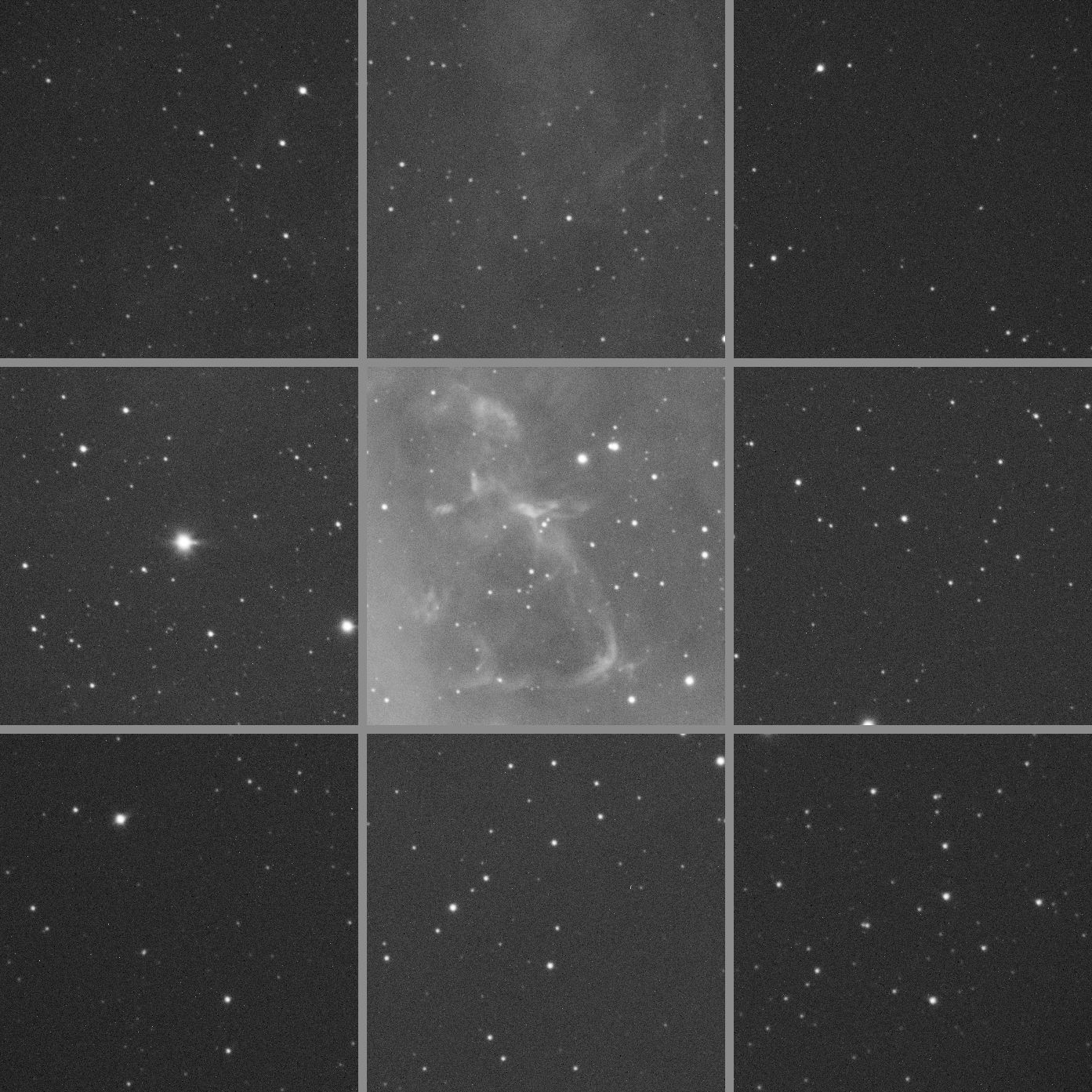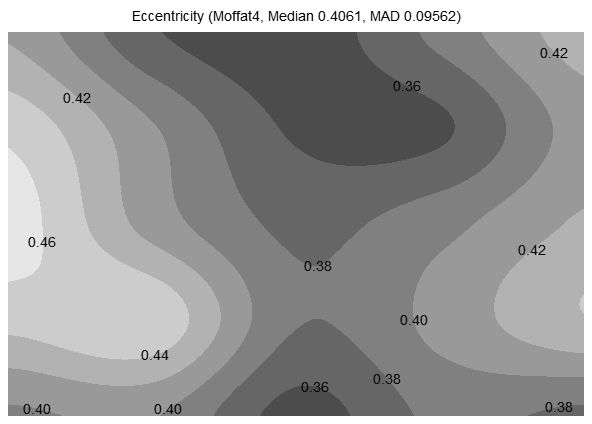Andy 01:
Warning! The TOA-35 reducer on a TOA-130 does NOT produce an image circle sufficiently large enough to cover the IMX 455 sensor.
I have one, which was great when I had the CCD KAF-16200 camera, but when I upgraded to the Atik APX60, the vignetting was terrible!
I've had to abandon using it, and reverted to my TAK 67 flattened instead, which is perfect. 
CS
Andy
Indeed. The corners of the FF sensor are quite dark. See the pic below.
The spec from Takahashi says 44mm image circle, but if it is at only 20% illumination that isn't very good.
There is still a place for this 0.7x flattener: I was trying to shoot the Squid Nebula (very very faint) at f/7.7 1,000mm and it was just way too dark unless I got tens of hours of data. At f/5.4 with this reducer I will get twice the photons per pixel per hour. I have the FLAT67 too, which is what I usually use. But when I try the Squid again next year I will use the reducer.
I am not disappointed in this reducer. A lot of people think putting a chunk of glass at the camera end of a telescope will somehow make the front end grab a wider brighter cone of light. That isn't how it works.

